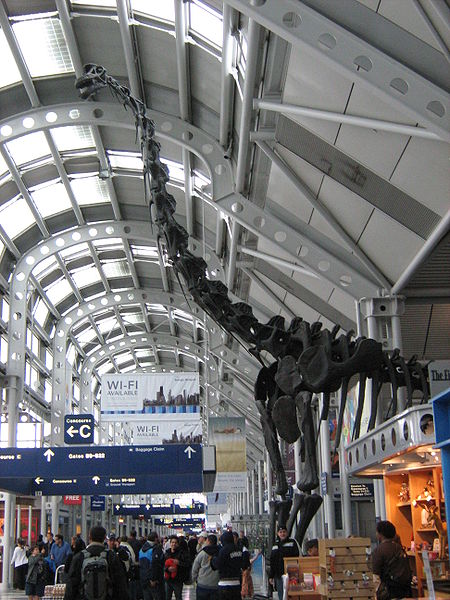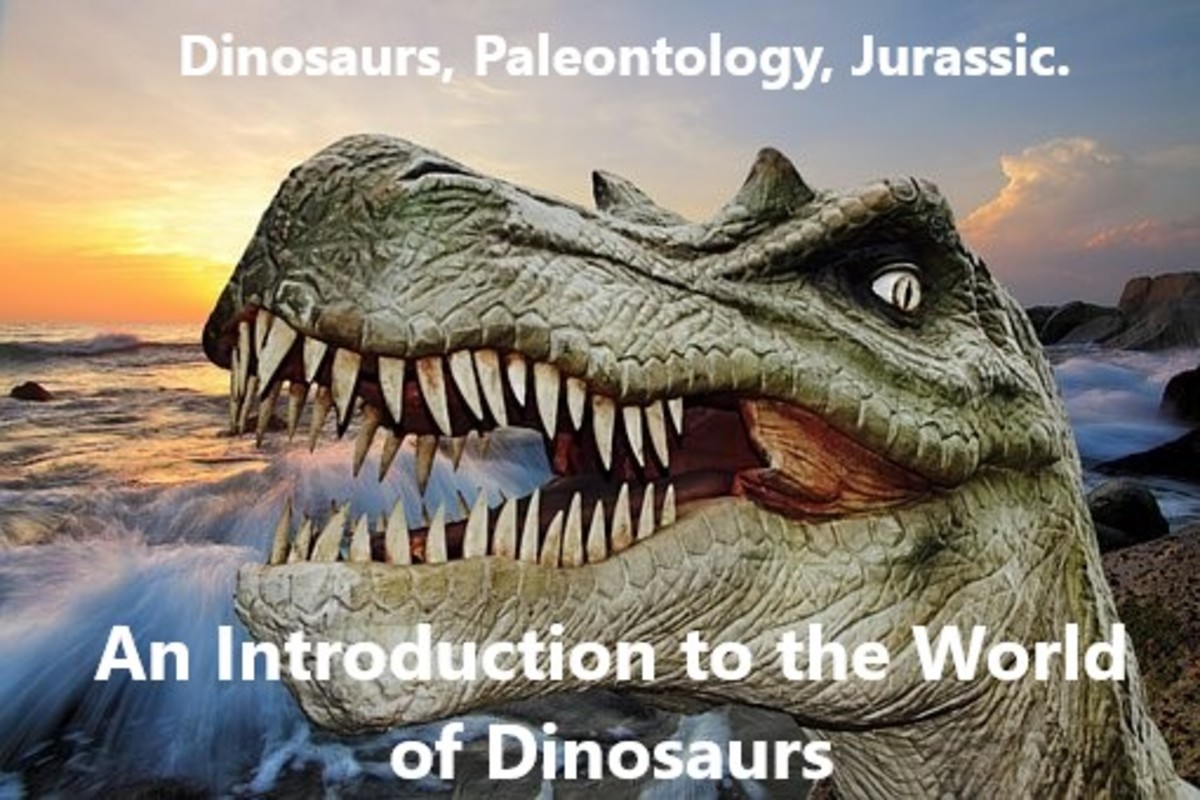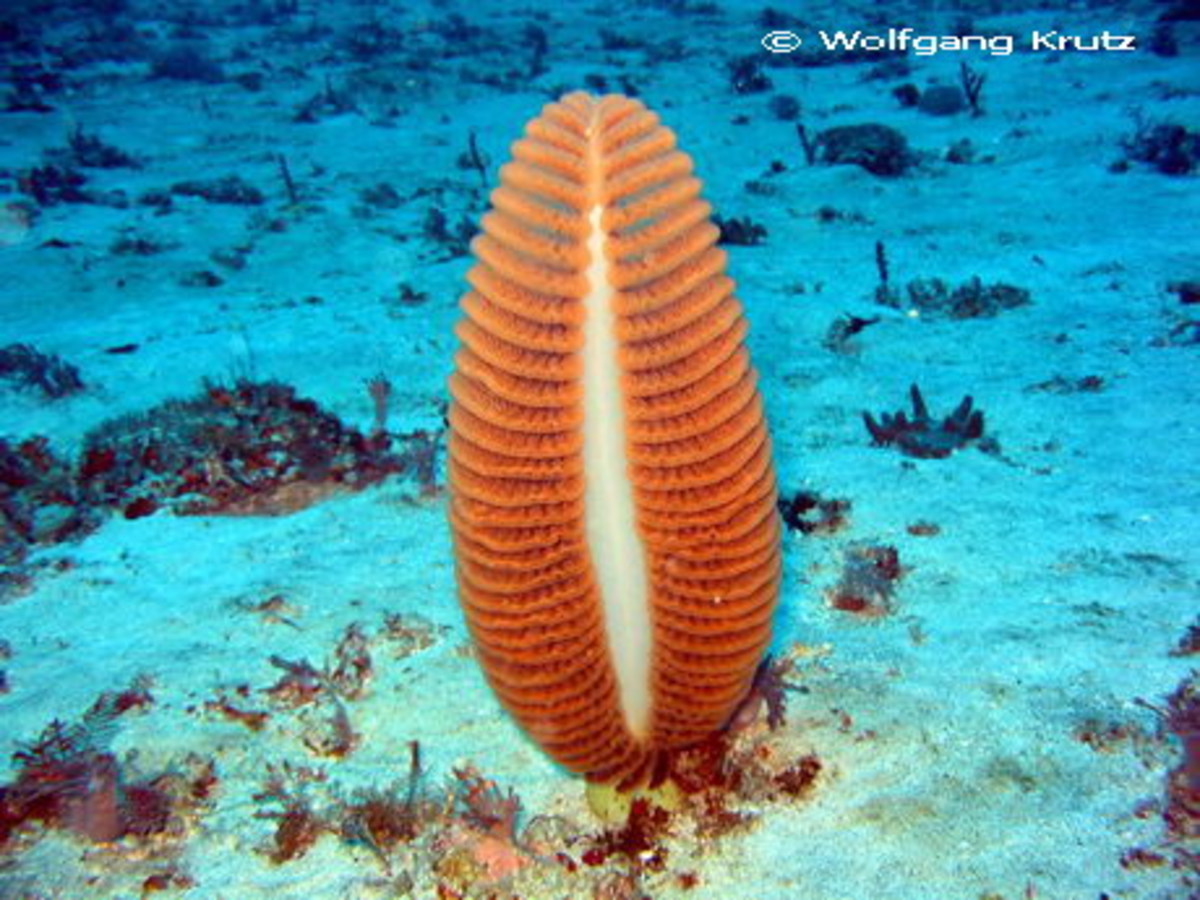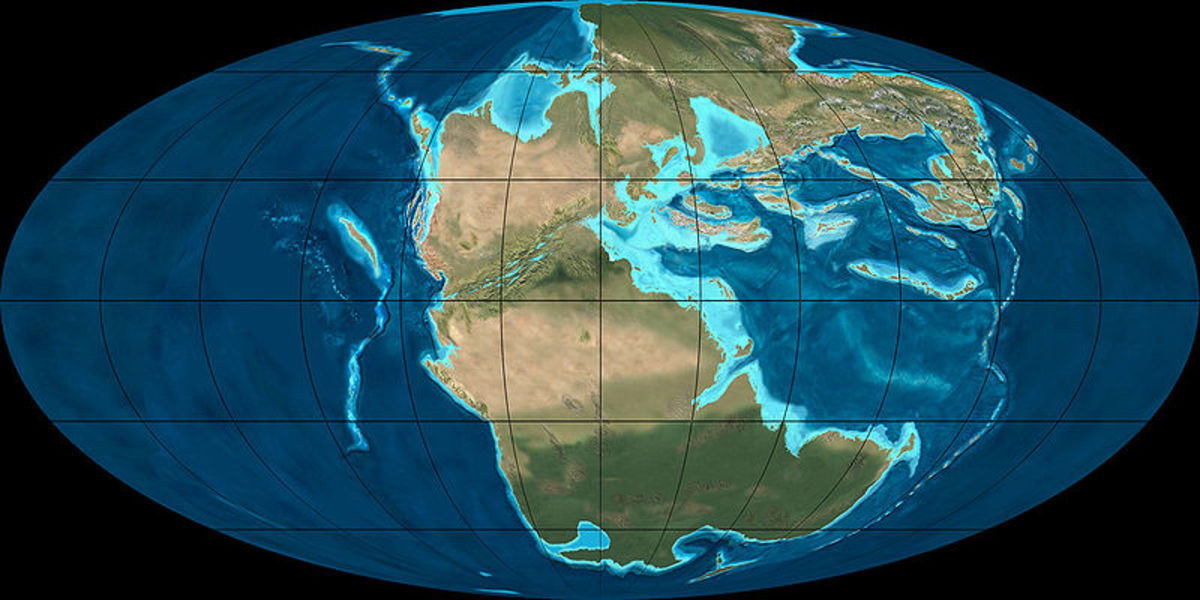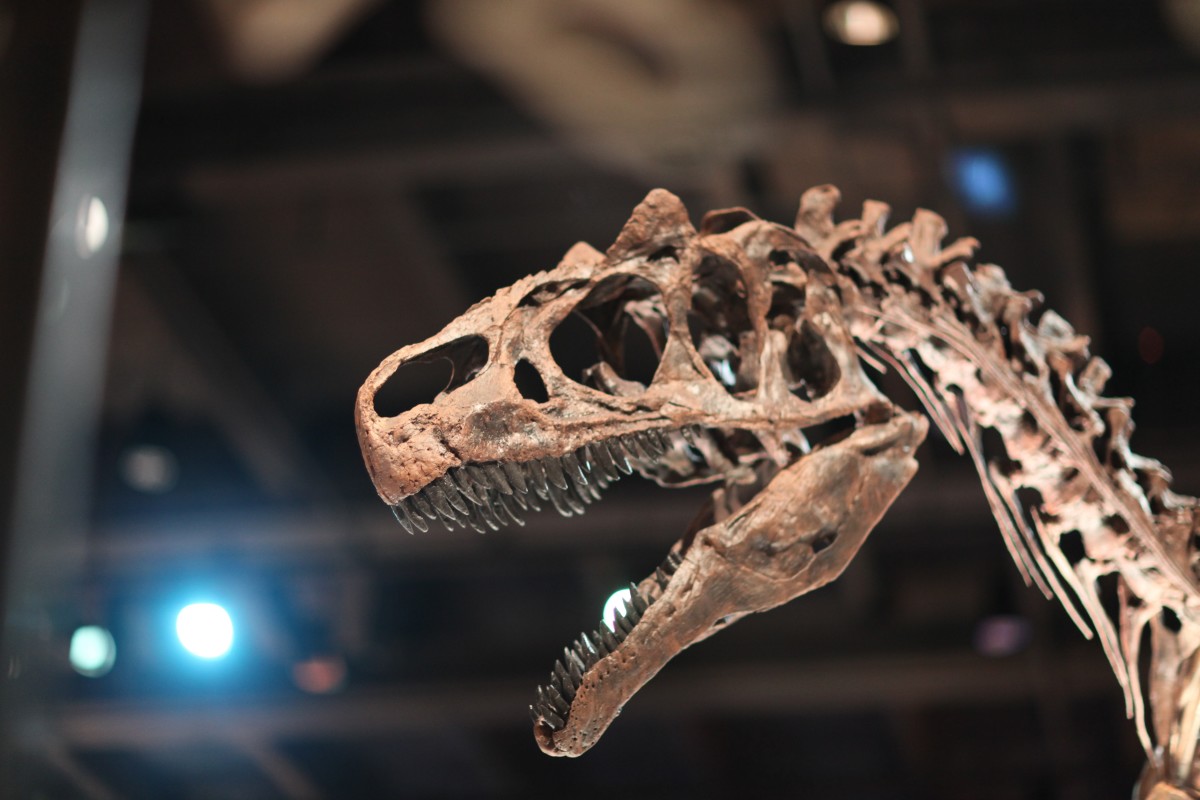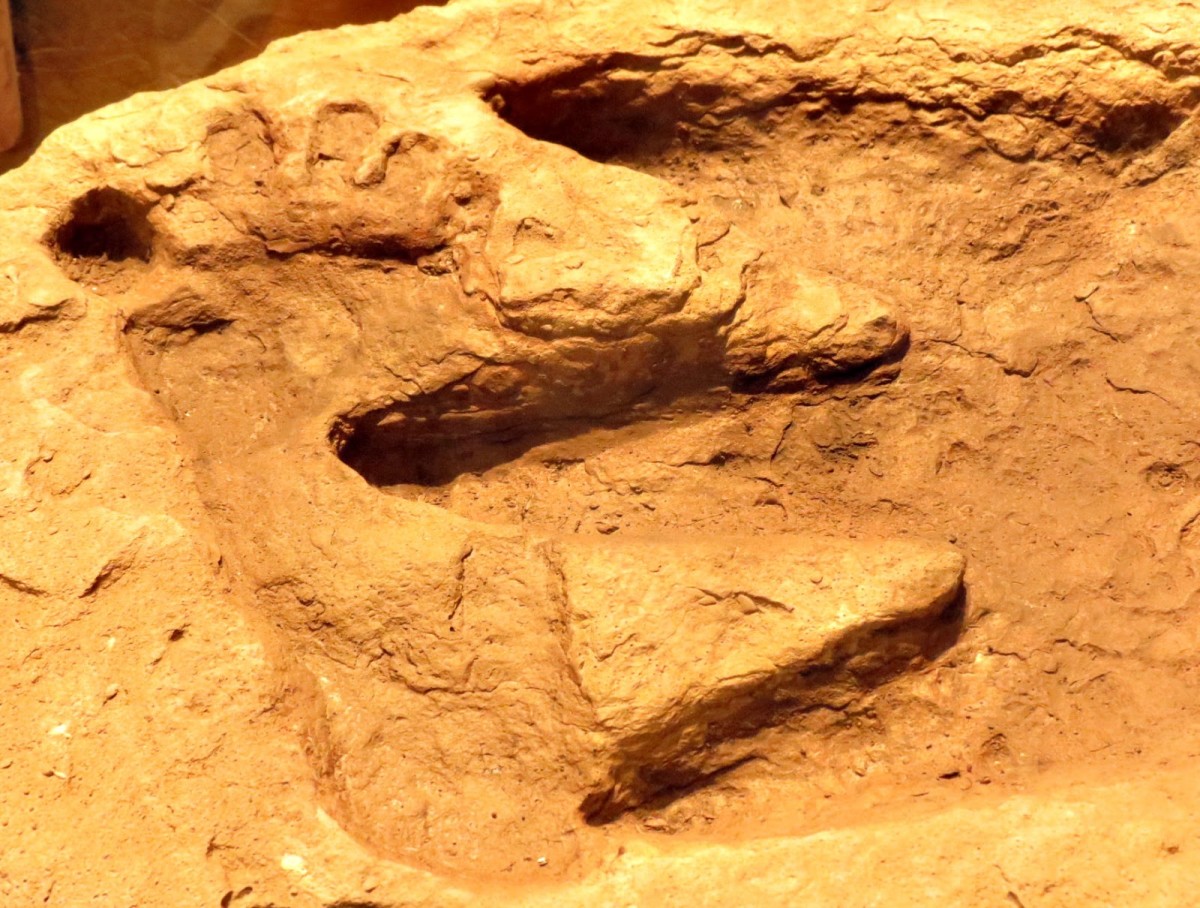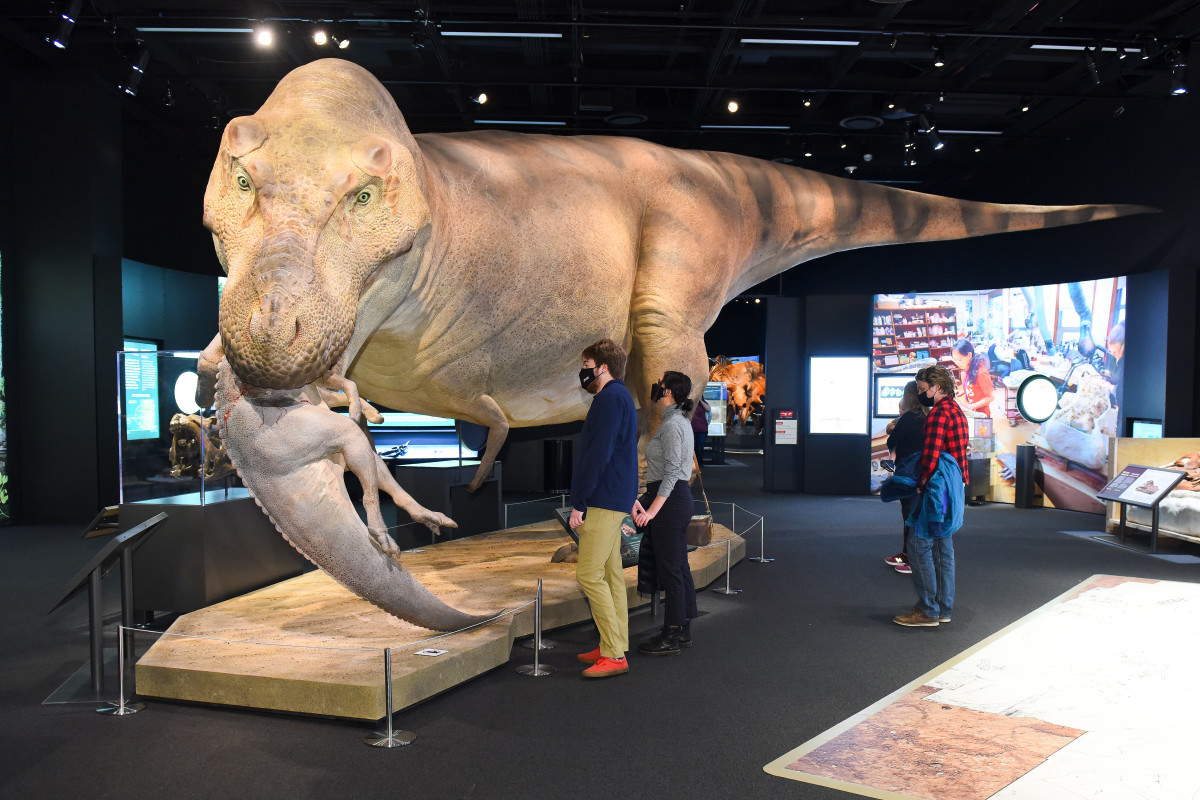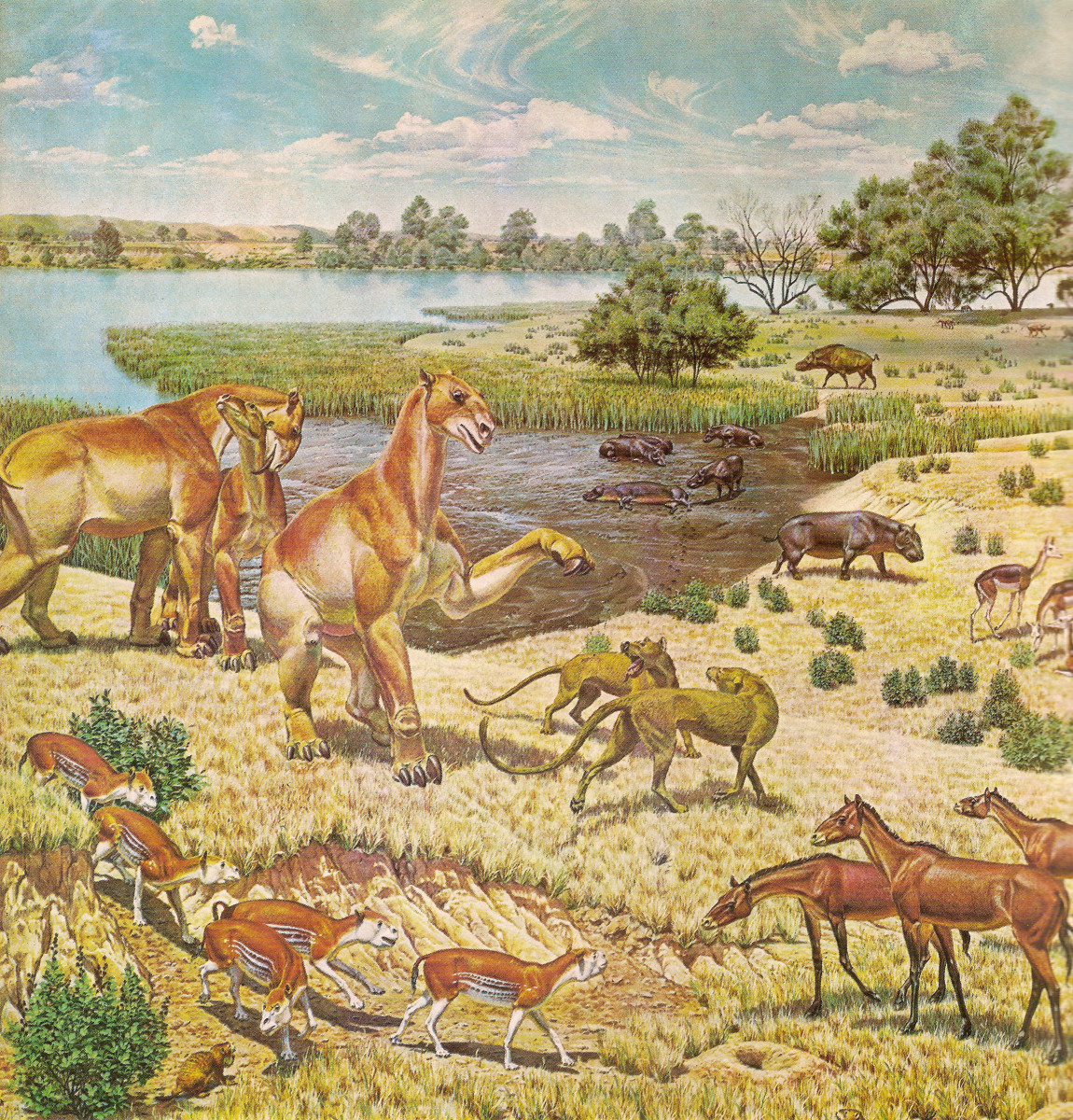- HubPages»
- Education and Science»
- Life Sciences»
- Paleontology»
- Prehistoric Life
How Did The Dinosaurs Grow So Big?
Creatures of Stunning Diversity
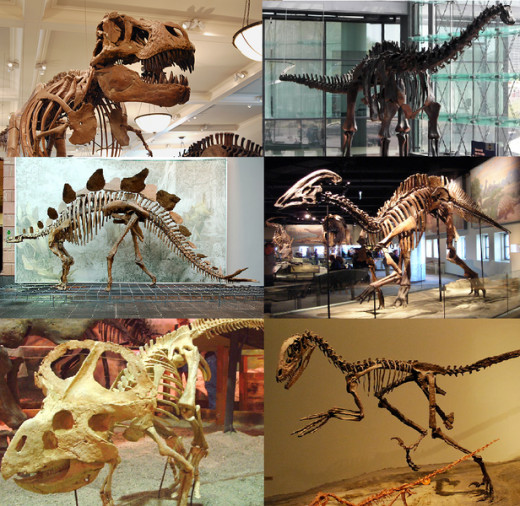
Life in the Triassic
Introduction
No group of creatures dominated the Earth quite like the dinosaurs. For many years, scientists puzzled over how such successful creatures became extinct? But in the 1980’s scientists finally discovered evidence in the Yucatan peninsula that it was most likely an impact from a large extraterrestrial body such as an asteroid or meteor. But there was another mystery that still needed to be solved; how they came to take over the world in the first place, and with that how did they become so huge and so diverse? It’s a question that has baffled many of the best scientists ever since the first dinosaur fossils were identified some 200 years ago.
In recent times though, scientists have made great strides in answering one of the most perplexing questions in all palaeontology. In order to reveal the answer, we must travel back in time, 150 million years to be exact, to a period in Earth’s history known as the Late Jurassic. At this time, Earth was quite simply planet of the dinosaurs. The Jurassic period was the golden age of dinosaurs; it wasn't just their abundance though that would have astounded the human observer, but also their diversity. They came in all sorts of different shapes and sizes, including small and large, slow and fast; there were gentle plant eaters and ferocious carnivores and even armoured varieties.
The first thing though that would have struck our human observer is the tremendous size of the plant eaters, some of which stood 40 feet tall and weighed up to 60 tons. In comparison the largest land animal alive today, the African elephant only grows to around 13 feet in height, and weighs around 10 tons. In the planet of the dinosaurs, the mighty elephant would have looked like a mouse when put next to the biggest sauropods.
The most amazing thing though, was that dinosaurs did not start off like this. Just 50 million years earlier things were very different. Back in the Early Jurassic, the dinosaurs were comparatively rare and lacked both the diversity and the size that makes them so famous today. Moreover, there was nothing to suggest that these dinosaurs would throw off their humble shackles, grow, diversify and come to dominate the planet for so long. Their fortunes changed entirely in just 40 million years, in a period known as the Mid Jurassic. For over a century, scientists have searched for answers as to why the dinosaurs transformed so dramatically, but the biggest problem was that fossils from the Mid Jurassic are extremely rare.
How the Dinosaurs Started Out
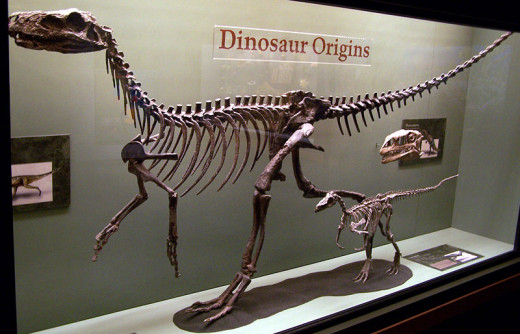
More on Dinosaurs and the Jurassic
Uncovering the Evidence
Scientists needed to find a fossil site that would hopefully yield the evidence they had craved for so long, but they couldn't just rely on dinosaur bones alone. They needed to essentially uncover the remains of a prehistoric ecosystem, they needed other animals and also plants, to get an idea of what the dinosaurs and other animals were eating. Despite years of careful searching however, they couldn't find the right site; they had stumbled into a palaeontological black hole, the mystery of dinosaur success remained hidden
All of a sudden an unusual discovery was made in Argentina. A worker in the nuclear industry was searching for uranium in the heart of Patagonia, when all of a sudden his Geiger counter sprang into life, but the worker’s excitement soon subsided when he dug down; instead of finding a uranium mine, he had stumbled across dinosaur bones instead. Radioactive bones may sound bizarre, but it’s actually not all that surprising as bones often become radioactive during the fossilisation process. The truly amazing thing was that these fossils came from the mysterious Mid Jurassic period. Moreover, virtually all of the rocks as far as the eye could see dated from the Mid Jurassic too.
Unsurprisingly it wasn't too long before palaeontologists heard of the extraordinary events unfolding in Argentina, and a team led by Oliver Rauhut travelled to Argentina to appraise the situation. However, finding one dinosaur was never going to be enough to solve the mystery, there was no guarantee they would find more, plus the site was absolutely huge. Rauhut and his relatively small team had to comb over a thousand square miles of trackless desert, it was a monumental task that surely had no chance of succeeding.
But lady luck chose to smile on the team, because on the very first day, a dinosaur leg bone was uncovered and like the radioactive bone it dated from the Mid Jurassic. Over the next ten days, the team systematically searched the desert for bones, initially finding some here and there. Soon though, the trickle turned into a torrent, with bones popping up everywhere; and that was just the first valley. Within a few weeks, the team had discovered the remains of two big meat eating dinosaurs and no fewer than six giant plant eaters. They had stumbled across a spectacular dinosaur graveyard. The team met with more success when they uncovered more fossils, but this time it wasn't just dinosaurs, now the ground was yielding bones of all sorts of animals including strange fish, pterosaurs, mammals and even crocodiles. The fossil treasure trove was so complete that it even included exquisitely preserved dinosaur skin. This small part of Patagonia could only be described as a Mid Jurassic time machine, a virtually complete ecosystem beautifully preserved that would surely solve the mystery of the dinosaurs’ success once and for all.
The Supercontinent
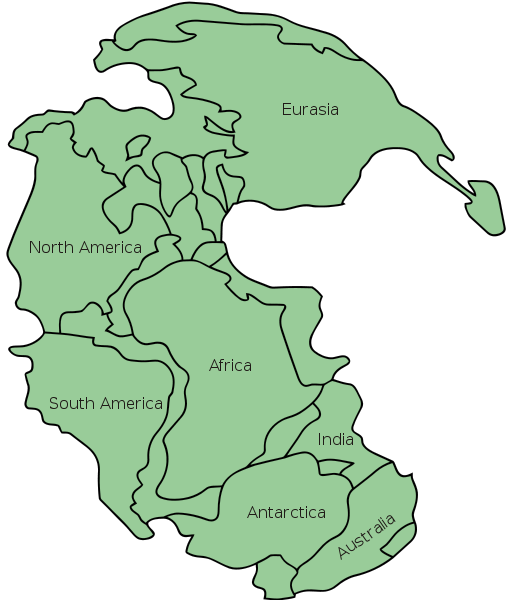
Testing the Theories
Scientists now had hard evidence to test their elaborate theories, which varied considerably but all had a common denominator, which stated that the transformation of the dinosaurs came about due to one of the most extraordinary events in Earth’s history. At the beginning of the Jurassic Period, all of the Earth’s landmasses were joined together, forming one giant super-continent called Pangaea, which was surrounded by just one giant ocean. This super-continent was the early dinosaurs’ world, but forces deep within the Earth were already at work. Pangaea began to break apart, and thus the Earth began to transform itself into the world we know today.
Scientists had always instinctively felt that the breakup of Pangaea had at least some effect on dinosaur evolution. They were now supremely confident that the Argentina site would yield all of the answers they had been searching for. However, one theory emerged on the opposite side of the world on a beach in merry old England, or Yorkshire to be more precise. The beach possessed beautifully preserved fossils of a Mid Jurassic marine ecosystem, including various types of shellfish that lived and burrowed in the sediment. The rock layers were littered with fossils, but just a little further up the cliff face there was a black layer in which fossils are totally absent. It seems that just before the crucial Mid Jurassic period, there had been a mass extinction, in which 80 per cent of all marine life had vanished. It seems that the breakup of Pangaea had been responsible, in what was surely one of the most violent periods in all of Earth’s history. However, the Argentinean site did not seem to support the mass extinction theory. According to the laws of evolution, a mass extinction event could have caused an explosion in dinosaur diversity, like the one seen in the Mid Jurassic. How does this happen? When death occurs on such a vast scale, it clears away competition, allowing survivors to evolve rapidly into new ecological niches. But there was absolutely no evidence that supported the mass extinction theory in Argentina.
A second theory began to emerge indicating that climate change could have transformed the dinosaurs’ environment, leading to rapid evolutionary adaptation. There was indeed evidence of climate change in Argentina, because the climate of Pangaea was extremely hot and dry punctuated with short, sharp bursts of rainfall. Scientists refer to this as the time of the mega monsoon. Once the super-continent began to break up, so the climate changed to a more moderate and less extreme one. Most scientists nowadays think that climate change on its own is an insufficient theory to explain the transformation of the dinosaurs. After all, the dinosaurs could simply move to an area with a more suitable climate; but what if there was some sort of barrier that prevented them from moving, and in order to halt a dinosaur it would have to be a major physical barrier.
The Transformation of the World
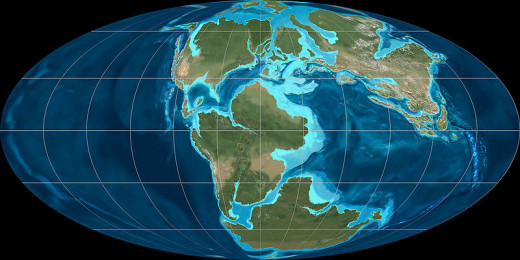
When Dinosaurs Became Huge
Solving the Mystery
When scientists looked into this, they realised that as the super-continent split up, one such formidable barrier was being formed- a barrier that we know today as the Atlantic Ocean. This major barrier allowed for an evolutionary process called vicariance to operate. This extraordinary evolutionary process can only come into play when two populations of the same species are genetically isolated from each other, allowing each to evolve separately and independently. While work is still ongoing in Patagonia, early results seem promising, as many fossils have already been recovered from just before and just after the Pangaea split, and it seems that they are gradually vindicating the vicariance theory.
So in light of the information we have at our disposal, we can at least confidently theorise just how the dinosaurs grew so big and took over the world. Basically, as the super-continent began to split apart, the newly formed continents developed their own climates and ecosystems. A more varied world suited the dinosaurs down to the ground and offered a whole host of new opportunities which included growing to huge sizes. The dinosaurs came to live in a variety of habitats that continued to shape and morph them throughout their reign, which was to last for almost 100 million years.
Brachiosaurus- A Colossus
